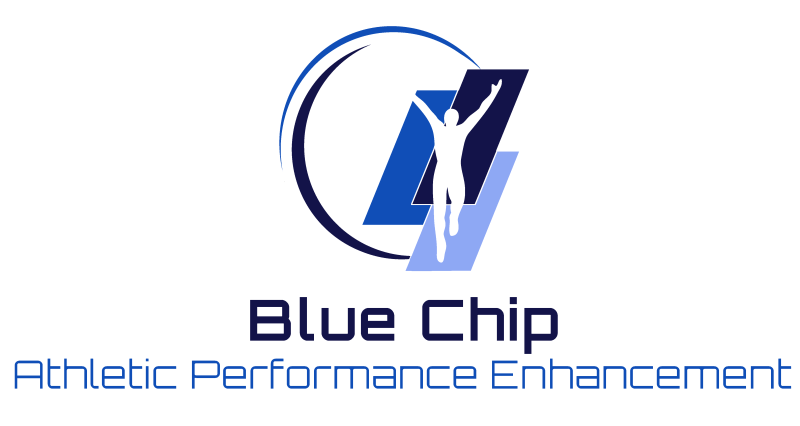ARE YOU LOOKING FOR A COMPETITIVE EDGE?
|
|
Every athlete wants to find an edge. Blue Chip Athletic Performance Enhancement LLC provides experienced coaches specializing in sport-specific performance enhancement. If you need to run faster, jump higher, or throw harder we can help you. Come Drop-In for a class or purchase one of our training packages. JOIN THE TEAM TODAY
|
| GENERAL CLASSES |
|
| All General Classes are 55 minutes long. Our Grow Strong Classes help introduce young athletes to sports training. Blue Chip Beginner, Developing, and Elite Classes work with athletes at their competitive level. Download Mindbody App to register. Class Schedule |
|
|
|
| League News |
|
|
| Club Information |
|
|
| |
| |
|
|
|
|
| SMALL GROUP |
|
Small Group Classes are Coach driven skills classes the push athletes to a higher level. Classes are designed by our trained coaches to target specific training in the athletes given sport. Class price and length vary. These classes are not eligible for General Training Packages.
|
|
|
|
|
|
|
|
|
|
From young athletes just learning a sport to more experienced athletes looking to improve performance, we offer sport-specific training sessions for individuals or small groups. Your coach will design a training regimen to help you improve the skills needed to succeed in your chosen sport.
-Gene Dougherty



